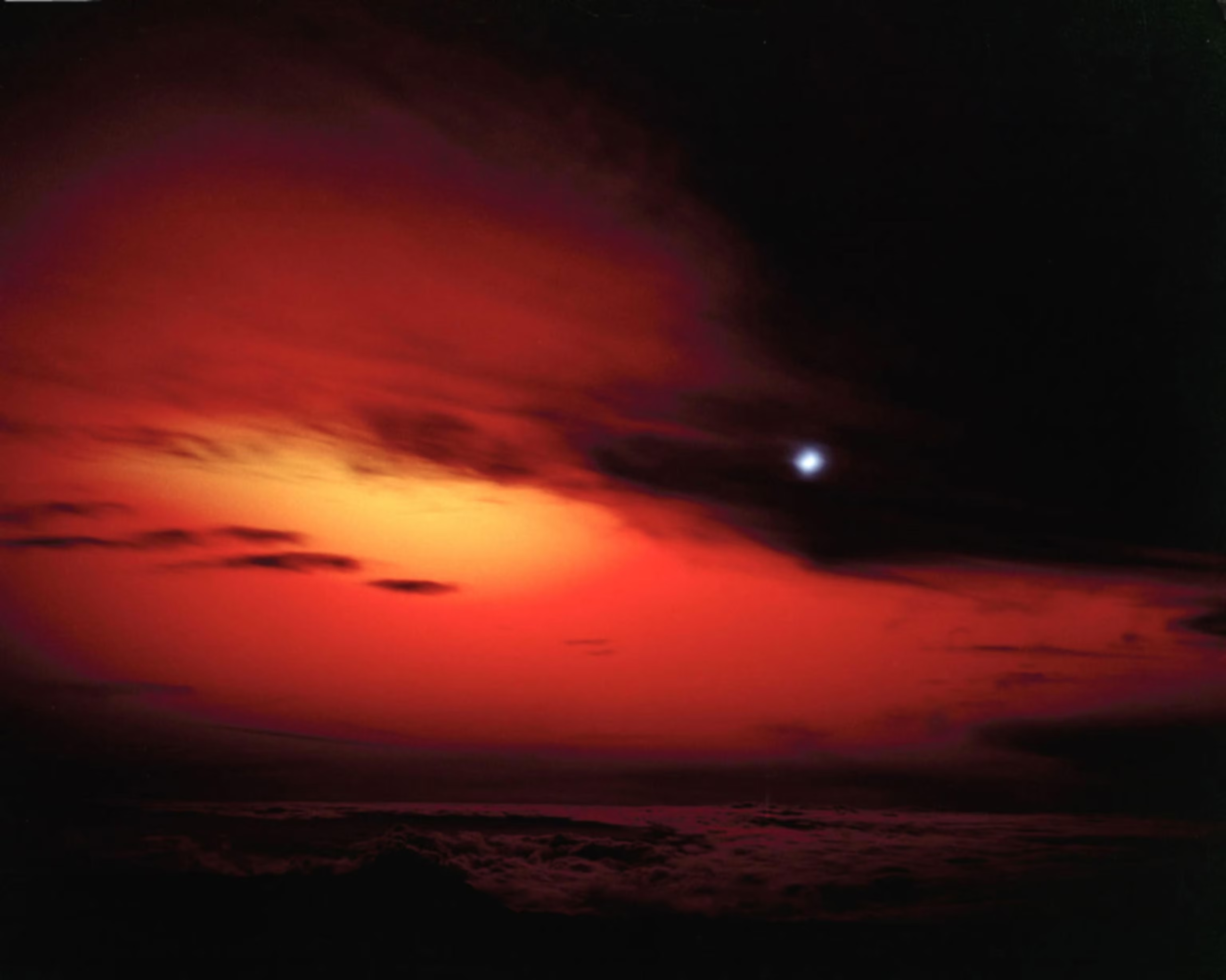On July 8th, 1962, the U.S. military prepared to launch a nuclear bomb miles into the air, a fusion bomb that was 500 times as powerful as the one that fell on Hiroshima. The bomb, Starfish Prime, would be one of the highest detonations ever and cause the nuclear powers to sign a treaty limiting the height of nuclear missile testing.
Starfish Prime exploded at 250 miles into the atmosphere, around where the ISS orbits today. When it exploded above Hawaii, it lit up the night sky as far away as New Zealand, charged particles from the explosion colliding with the atmosphere and creating an artificial aurora. In Hawaii, it caused extensive blackouts, the collapse of the radio system, and made a siren go off.
All this happened in the heat of the Cold War, when there were outlandish ideas like blowing up missiles on the Moon. Scientists were interested in knowing how the blast would interact with the Van Allen belts, which is essentially Earth's magnetic field. Most believed it would be a minor disturbance at worst.
They were wrong. The massive plasma ball created a new radiation field called the Starfish Belt, with devastating consequences for the satellites that went through it. It eventually went away, but the threat of such an event occuring again is possible. Geomagnetic storms come periodically from the Sun, and if they are big enough, they have the effect of a nuclear bomb. In the 1800s, the Carrington Event created auroras in Australia and shocked telegraphers. But today, we rely much more on electronics than simple telegraphs. If the radiation is unchecked, the results could be devastating. Luckily, there is a potential remedy. If satellites hit the radiation belt with a certain frequency AM wave, the charged particles could be pushed into the atmosphere, where they would dissipate.

No comments:
Post a Comment